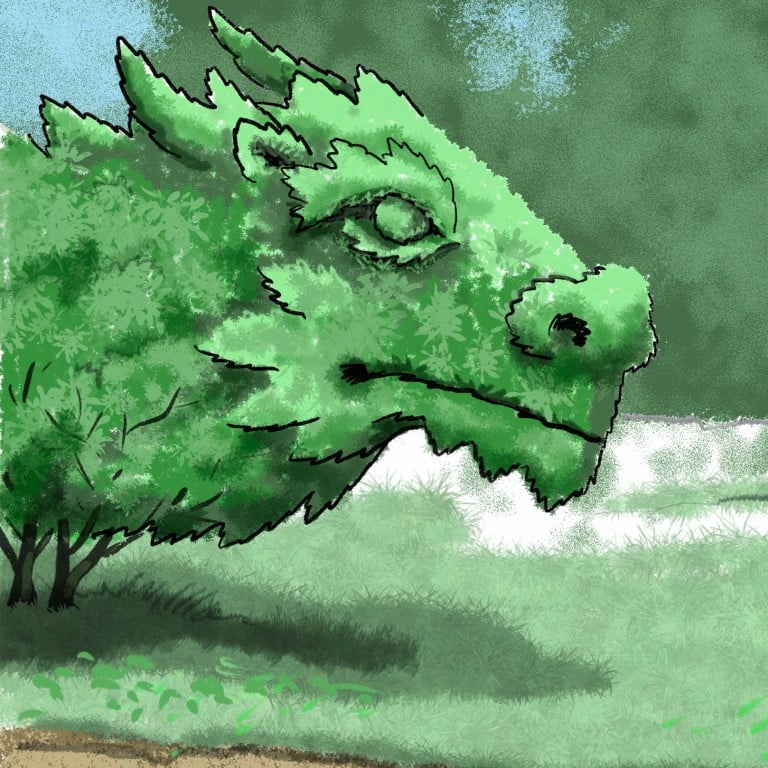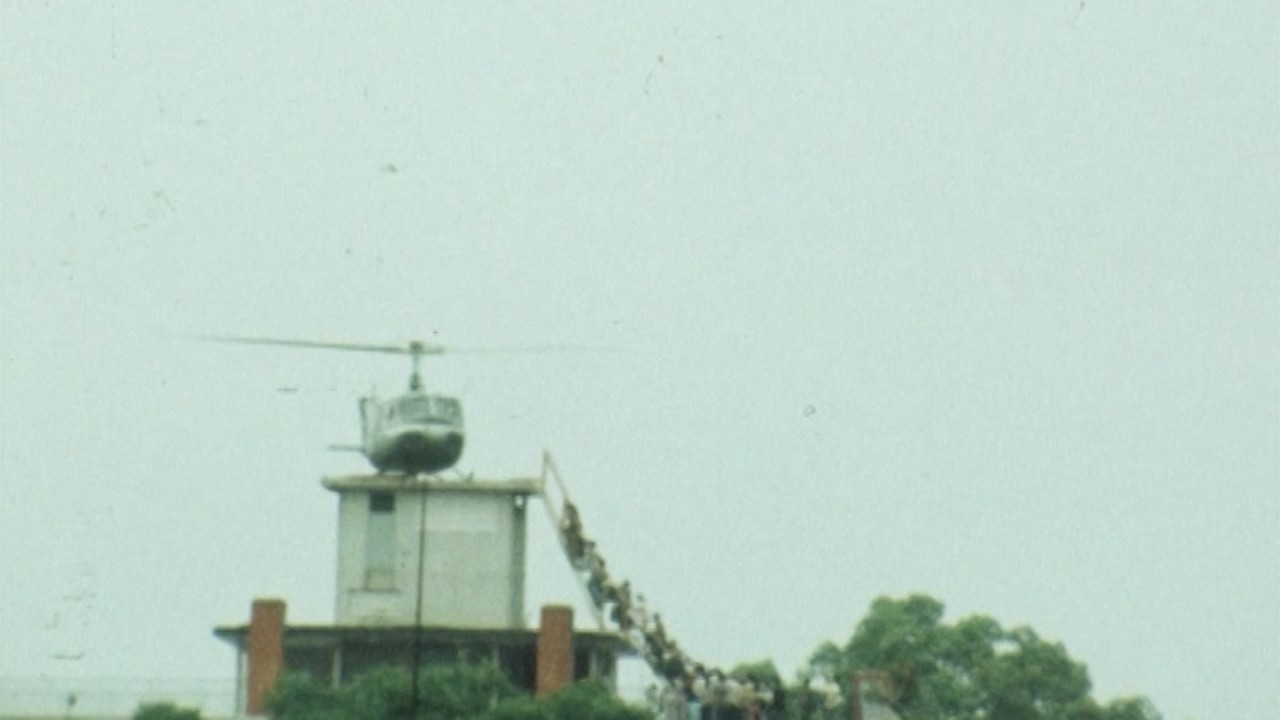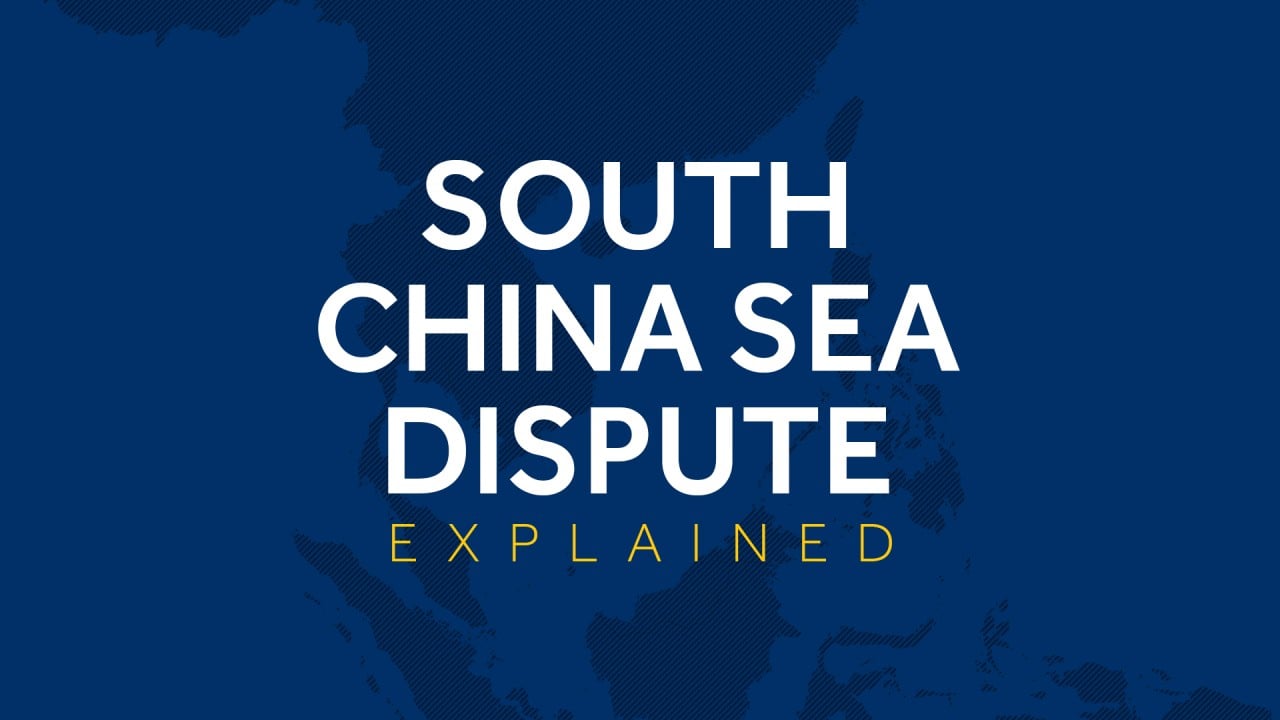
Vietnam’s ideal position is strategic equidistance from the US and China
- While Vietnam and the US played up their comprehensive partnership on Anthony Blinken’s visit to the Southeast Asian nation, Hanoi has not allied with the West against China
- Vietnam’s preference is not only to refuse choosing between the US and China, but also to actively pursue strategic cooperation with middle powers
Two-way trade ballooned from US$450 million in 1995 to a whopping US$138 billion last year, with more than a quarter of Vietnam’s total exports heading to the US market alone.
However, with US President Joe Biden placing the promotion of democracy at the heart of his foreign policy, his top diplomat was careful to emphasise that “we continue to underscore how future progress on human rights is essential to unleashing the full potential of the Vietnamese people”. Although Blinken’s meetings with his Vietnamese counterparts were convivial, human rights issues have prevented a full blossoming of bilateral strategic ties.
By all indications, the Southeast Asian nation is determined to stick to a policy of “multi-alignment”, delicately maintaining robust ties with multiple powers without sacrificing Hanoi’s strategic autonomy in an increasingly uncertain geopolitical environment.
There is a reason a cornerstone of contemporary Vietnam’s national security strategy are the “four noes”: no siding with one power against another; no hosting foreign military bases; no treaty-based military alliances with foreign powers; and no deployment of coercive force or threat of war as an instrument of foreign relations.
In response, Hanoi gradually courted warmer ties with the West, which, in turn, saw Vietnam as a valuable strategic partner in the world’s most dynamic region.
Meanwhile, the US Congress has repeatedly pressed Vietnam on human rights. Thus, despite the relaxation of arms controls against the communist nation, Washington is yet to clear major defence deals with Hanoi.

The second major factor that is preventing a US-Vietnam alliance is the Vietnamese communist party’s decision to refocus on ties with China’s leadership to manage tensions related to border trade and maritime disputes.
The final factor is Vietnam’ instinct for strategic hedging whenever squeezed between multiple powers. As political scientist Cheng-Chwee Kuik explains, “hedging” is an “an insurance-seeking strategic behaviour” , which involves “not taking sides between the contending powers”. This often entails conscious pursuit of “multiple policy options that are intended to produce mutually counteracting effects, under the situation of high uncertainties and high stakes”.
Amid growing sanctions on the Russian defence industry, India and South Korea have become top suppliers of relatively affordable weapons systems. Meanwhile, Japan is also stepping up its defence exports, while helping to enhance Vietnam’s coastguard capabilities. On its part, the European Union has a defence partnership deal with Hanoi.
What makes middle powers an attractive partner is their tendency for no-strings-attached defence cooperation as well as the absence of direct territorial disputes with Vietnam.
By actively keeping its strategic options open, Vietnam can maintain an optimal equidistance from both the US and China.
Richard Heydarian is a Manila-based academic and author of “Asia’s New Battlefield: US, China and the Struggle for Western Pacific”, and the forthcoming “Duterte’s Rise”



